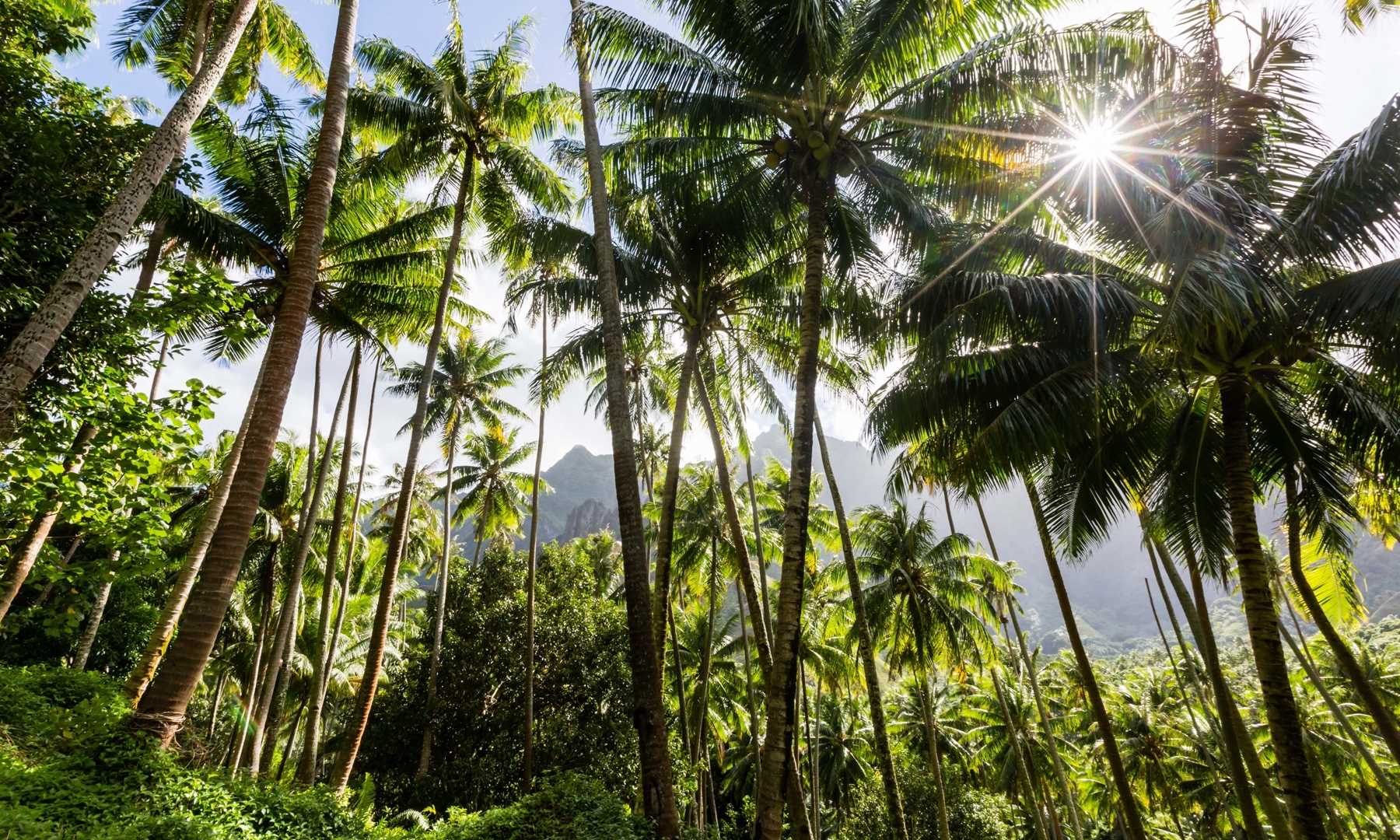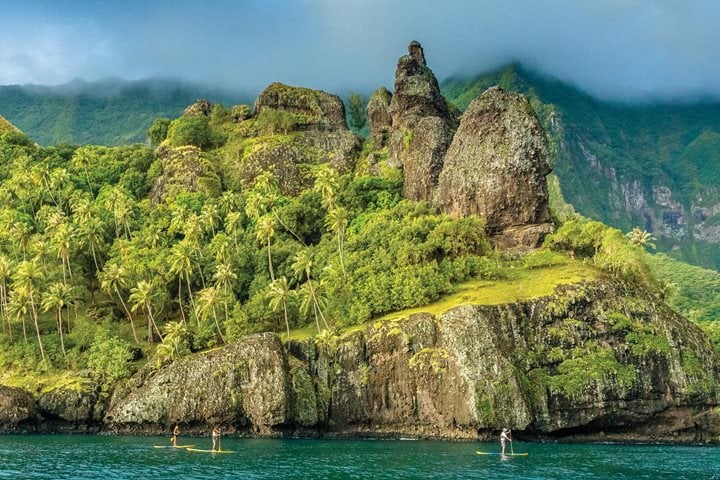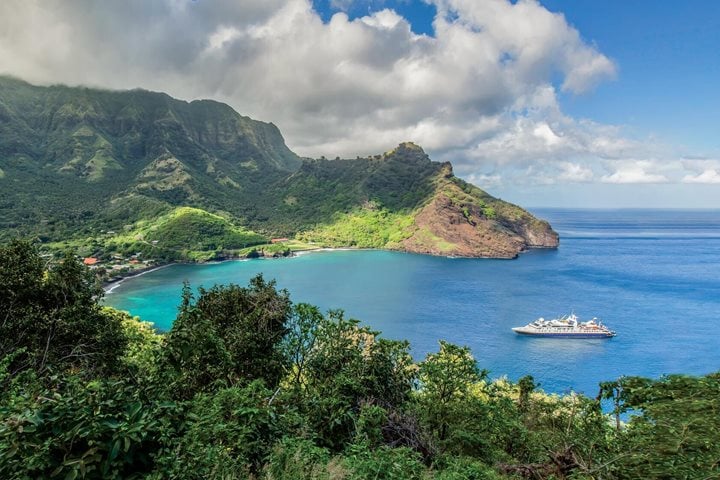Our dreams and visions of the islands of Polynesia, Melanesia, Micronesia, Indonesia, Malaysia, and the Caribbean are almost always silhouetted by coconut palms. But there is much more than meets the eye when it comes to this tropical tree. Get Inspired by Photos, Videos, Webinars, Stories, and Exclusive Offers. Sign Up
The coconut palm (Cocos nucifera) is arguably the most useful plant in the world. In fact, throughout Oceania, it is commonly called “the tree of life.” In the days before modern commerce and transportation, it was absolutely essential to survival for the islanders living there.
Unfortunately, this spectacular plant cannot be grown throughout the entire world. It only thrives in the wet and humid oceanic and coastal regions of the lower latitudes. Within those regions though, its range is very extensive and includes islands and coastal sites in the tropical Pacific, Indian, and Atlantic Oceans.
The Origin & Evolution of the Coconut Palm
Evidence indicates the species originated in the coastal area of southern Asia, in the Indian Ocean sector. As humans began to spread out, they purposefully introduced coconut trees to their new homes, leading to the modern distribution throughout Oceania. When Europeans eventually arrived in Polynesia, they recognized the immense value of the species and brought the coconut tree to the Caribbean Islands, perhaps in the 17th century.





